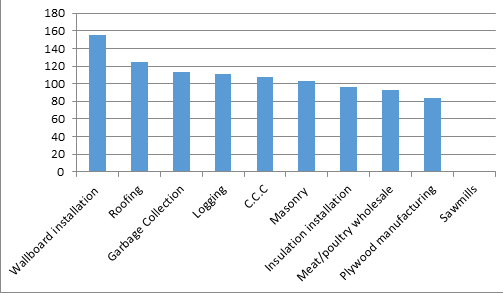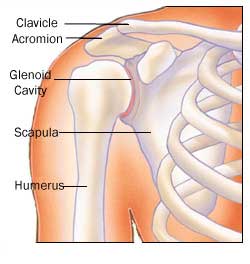Rotator Cuff Tear
A rotator cuff tear is a common shoulder injury that can result from acute trauma or chronic degeneration of the rotator cuff tendons.
The rotator cuff comprises four muscles—supraspinatus, infraspinatus, teres minor, and subscapularis—that stabilise the shoulder joint and enable its movement. Tears can be partial or complete and often involve the supraspinatus tendon.
This condition is prevalent in older adults and individuals engaged in repetitive overhead activities.
Signs and Symptoms
Rotator cuff tendinopathy, even with thinning or full-thickness defects, can often be asymptomatic. However, symptomatic cases usually present with pain over the front and side of the shoulder, radiating towards the elbow. Pain is typically exacerbated by shoulder movement above the horizontal position, flexion, and abduction. Weakness is often reported, although actual muscle weakness does not necessarily correlate with the symptoms. Symptom severity does not always correlate with the size of the rotator cuff defect.

Risk Factors
Epidemiological studies indicate a strong relationship between age and the prevalence of rotator cuff tears, with age-related degeneration being the most common cause. Other risk factors include sports injuries, trauma, smoking, diabetes, muscle atrophy, and non-compliance with postoperative care. Rotator cuff tears are more common in individuals over 65 years of age.

Mechanisms of Injury
The primary causes of rotator cuff tears are acute injury or chronic degeneration. Acute tears often result from high-stress events such as falls, while chronic tears are due to repetitive stress and poor biomechanics. The supraspinatus tendon is the most commonly affected, usually tearing at its insertion on the humeral head.

Diagnosis
Diagnosis is based on a combination of patient history, physical examination, and imaging studies. Common imaging modalities include X-ray, MRI, and ultrasound, with MRI being the most sensitive for detecting tears. Physical examination tests, such as the drop arm sign and the Hawkins-Kennedy impingement sign, are also useful in diagnosing rotator cuff tears.


Treatment
Treatment options for rotator cuff tears include both non-operative and surgical approaches. Non-operative management typically involves pain relief with NSAIDs, physical therapy, and corticosteroid injections. Surgery is considered for acute tears, large chronic tears, or when non-operative treatments fail. Surgical options include arthroscopic, mini-open, and open repairs, with arthroscopic techniques now capable of addressing even large tears.

Rehabilitation
Post-surgical rehabilitation consists of three stages: immobilisation, passive motion exercises, and active strengthening exercises. The goal is to regain full function of the shoulder through a structured physical therapy regimen.
Epidemiology
Rotator cuff tears are among the most common shoulder conditions, particularly affecting adults over 60 years of age. Studies have shown that the incidence of tears increases with age, with significant percentages observed in both symptomatic and asymptomatic individuals.

Self-assessment MCQs (single best answer)
Which of the following muscles is NOT a part of the rotator cuff?
What is the most common cause of rotator cuff tears in older adults?
Which tendon is most commonly affected in rotator cuff tears?
Which imaging modality is most sensitive for detecting rotator cuff tears?
Which of the following is NOT a common symptom of a symptomatic rotator cuff tear?
Which risk factor is NOT associated with an increased likelihood of rotator cuff tears?
What is the primary goal of post-surgical rehabilitation for a rotator cuff tear?
Which type of surgical technique is now capable of addressing even large rotator cuff tears?
Which physical examination test is useful in diagnosing rotator cuff tears?
Which of the following is NOT a non-operative treatment option for rotator cuff tears?
Dentaljuce
Dentaljuce provides Enhanced Continuing Professional Development (CPD) with GDC-approved Certificates for dental professionals worldwide.
Founded in 2009 by the award-winning Masters team from the School of Dentistry at the University of Birmingham, Dentaljuce has established itself as the leading platform for online CPD.
With over 100 high-quality online courses available for a single annual membership fee, Dentaljuce offers comprehensive e-learning designed for busy dental professionals.
The courses cover a complete range of topics, from clinical skills to patient communication, and are suitable for dentists, nurses, hygienists, therapists, students, and practice managers.
Dentaljuce features Dr. Aiden, a dentally trained AI-powered personal tutor available 24/7 to assist with queries and provide guidance through complex topics, enhancing the learning experience.
Check out our range of courses, or sign up now!


